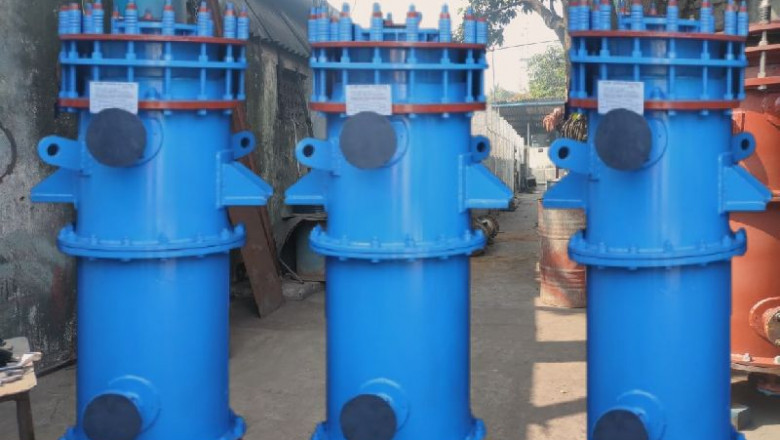views
Globe Carbon Industries manufactures Impervite® graphite, a high-performance, impervious material created from a premium-grade graphite substrate impregnated with a proprietary resin. This base graphite must meet stringent specifications and undergo a meticulously controlled impregnation process. The result is a robust material with superior heat transfer capabilities, capable of withstanding the demanding thermal and mechanical stresses common in industrial process environments. The thermal and mechanical properties of Impervite® graphite make it an outstanding medium for heat exchange.
Key Benefits:
-
Excellent thermal conductivity
-
Easily fabricated through machining
-
Resilient under thermal and mechanical stress
-
Outstanding resistance to corrosion
-
Minimal thermal expansion
-
Enhanced operational safety
-
Extended service lifespan
Types of Graphite Heat Exchangers for Demanding Applications
Thanks to its high thermal efficiency, chemical stability, and resistance to thermal shock, graphite is an ideal material for heat transfer. The Impervite® graphite heat exchangers offered by Globe Carbon Industries come in various models and configurations, each designed to handle a wide range of process challenges and corrosive environments.
They provide the following designs:
-
Shell and Tube Graphite Heat Exchangers
-
Multi-Blox Graphite Heat Exchangers
-
Cubic Block Graphite Heat Exchangers
Understanding Graphite: Origins and Applications
The composition of graphite can be tailored to provide specific thermal, electrical, and mechanical properties for various applications. Graphene, a highly crystalline form of graphite, is known for its exceptional electrical conductivity. Large-grain graphite is typically used in electrode manufacturing for steel production. Naturally occurring graphite is formed over millions of years by the solid-phase transformation of amorphous carbon into its crystalline state, under intense heat (750°C) and pressure (75,000 psi).
In the late 1800s, Edward Acheson, founder of the Carborundum Company, accidentally produced synthetic graphite while attempting to create synthetic diamonds. He found that at ambient pressure, amorphous carbon transforms into crystalline graphite when exposed to temperatures between 2300°C and 3000°C.
Graphite possesses both metallic and nonmetallic characteristics. It offers excellent thermal and electrical conductivity, while also exhibiting remarkable resistance to corrosion. These properties enable graphite to perform exceptionally well in harsh environments, particularly in applications involving strong acids with high chloride content, such as hydrochloric acid. Other common applications include heating, cooling, evaporation, and condensation in processes involving nitric, phosphoric, and sulfuric acids.
Maximizing Plant Efficiency with Graphite Heat Exchangers
Graphite heat exchangers are particularly well-suited for heat transfer applications involving corrosive fluids. For operations that demand reliable performance in aggressive chemical conditions, Globe Carbon Industries provides the expertise and solutions needed.
With over 150 years of combined experience, they specialize in designing and manufacturing advanced graphite heat exchangers and the systems that support them. Globe Carbon Industries is dedicated to optimizing process performance and minimizing downtime.
To learn more about their graphite heat exchanger solutions or to discuss specific requirements, contact them today.






















Comments
0 comment